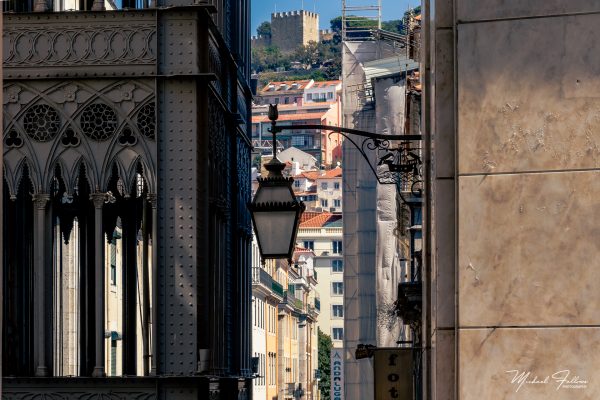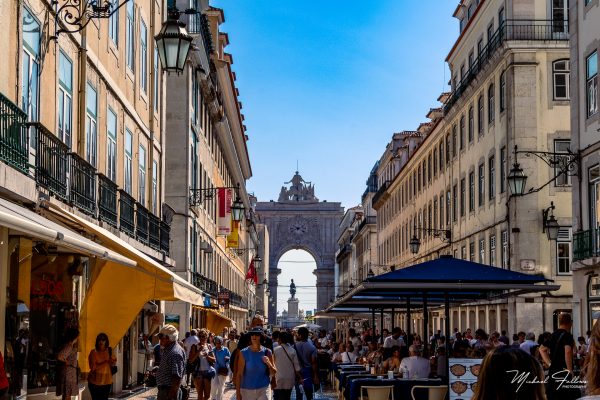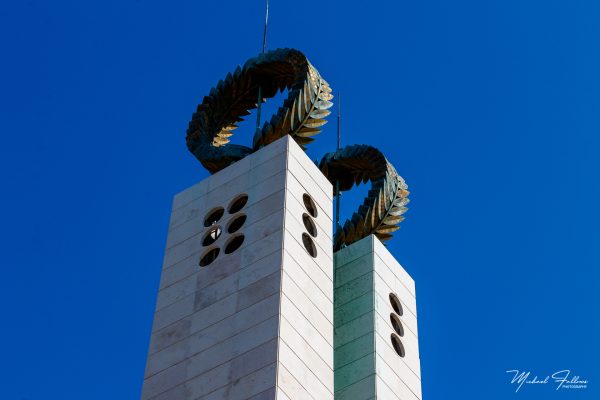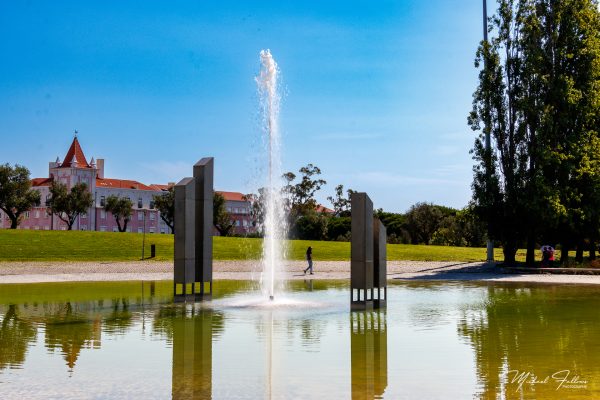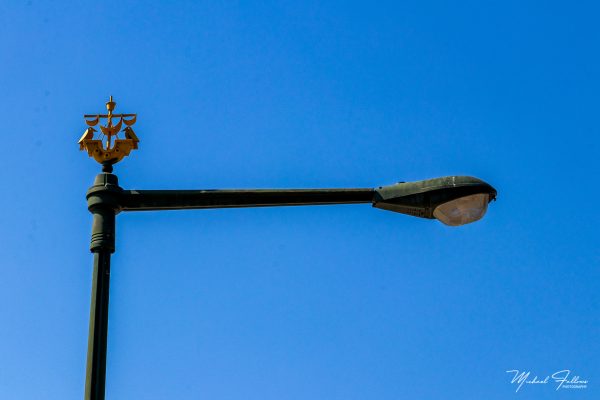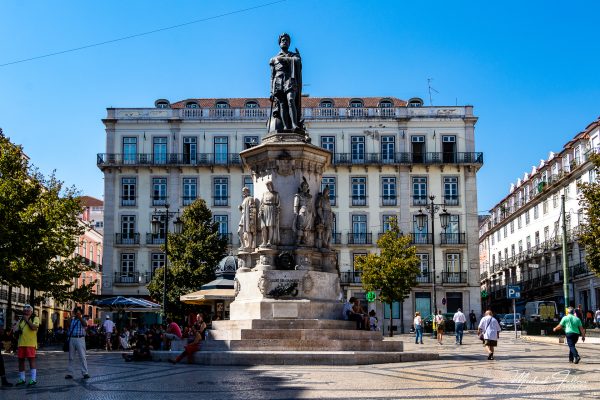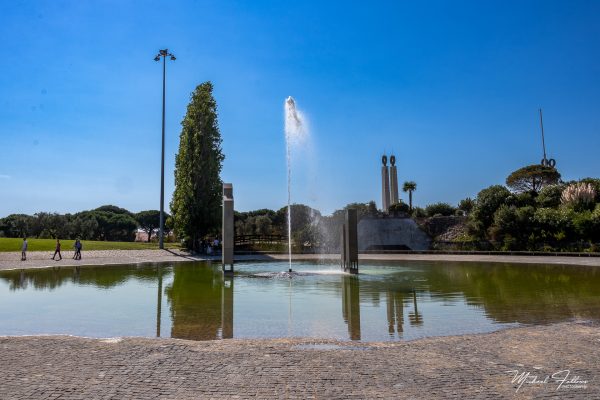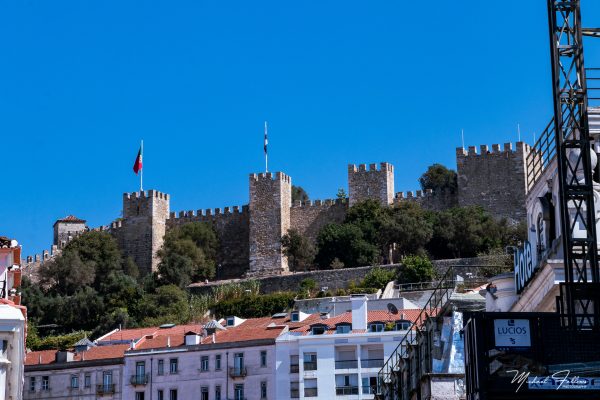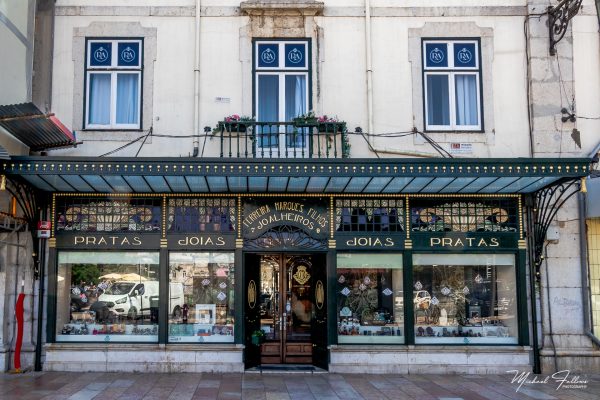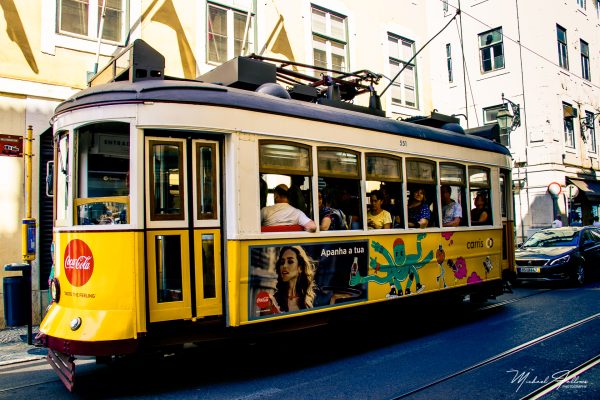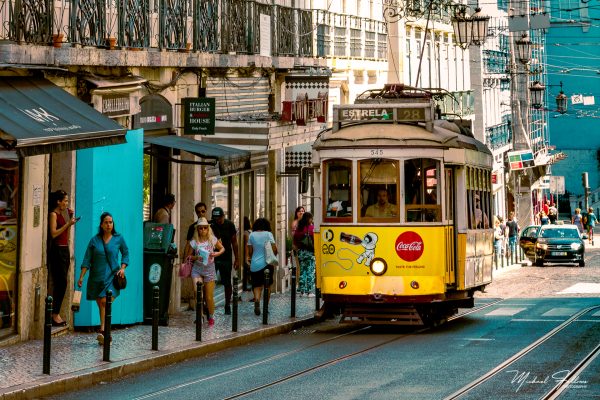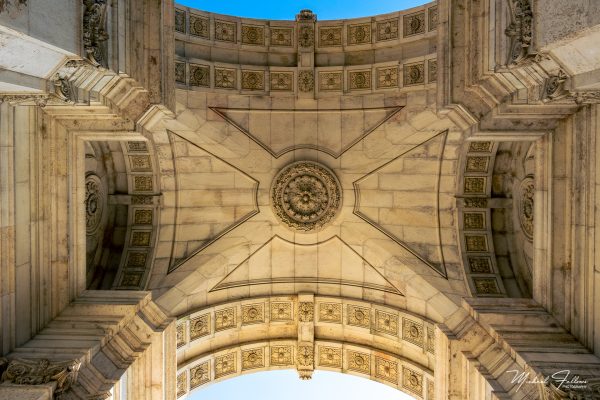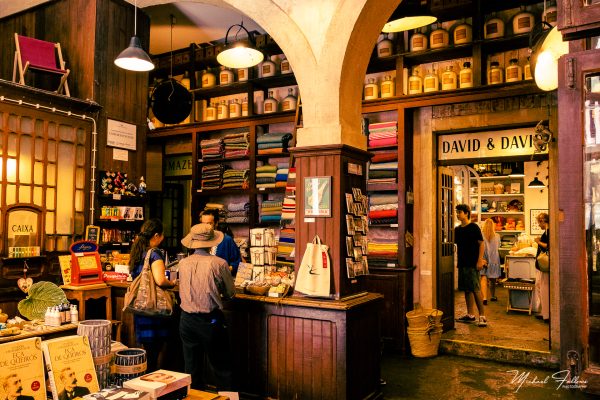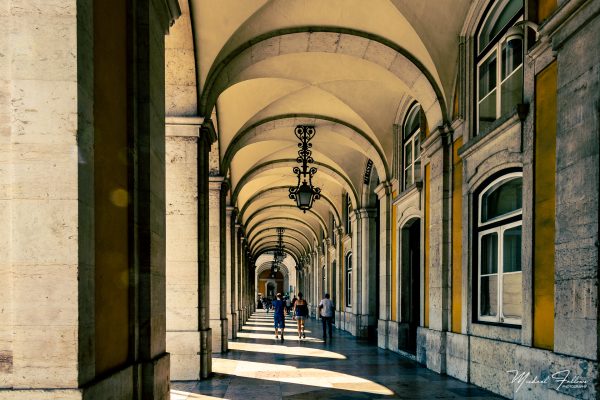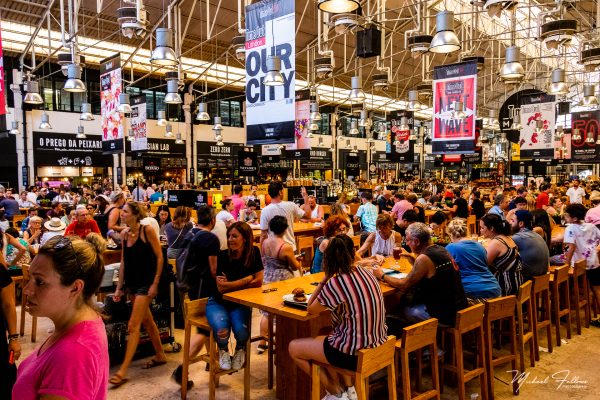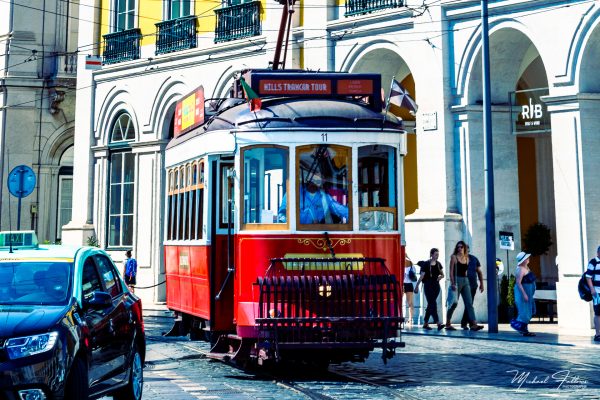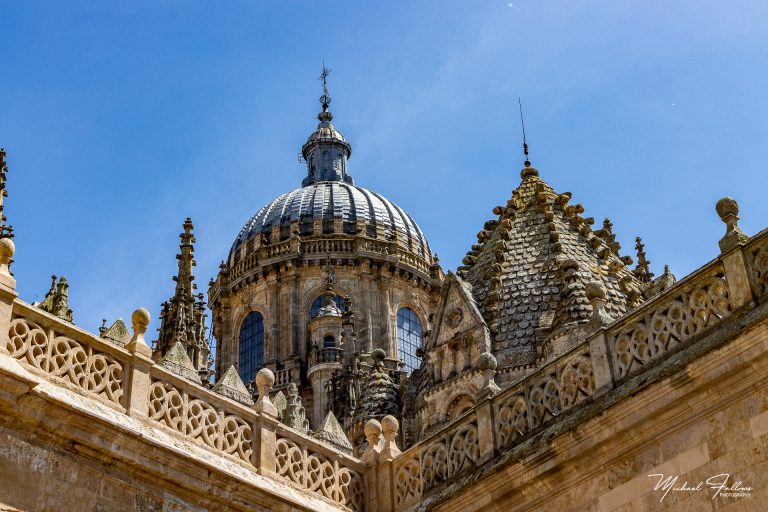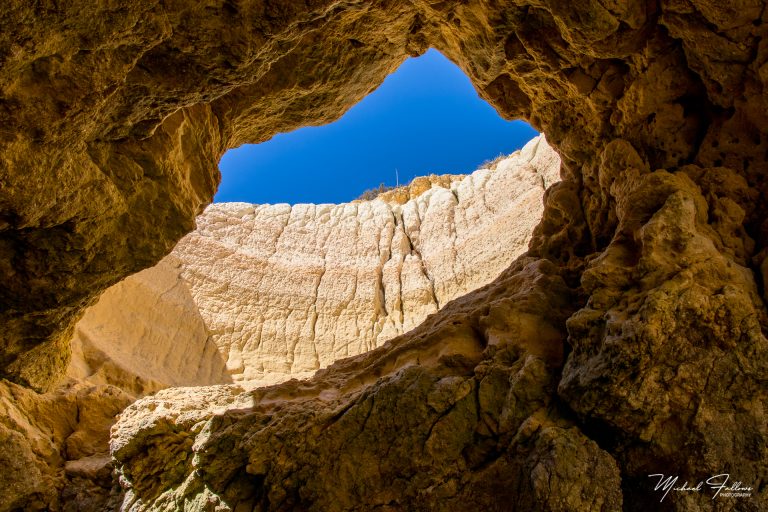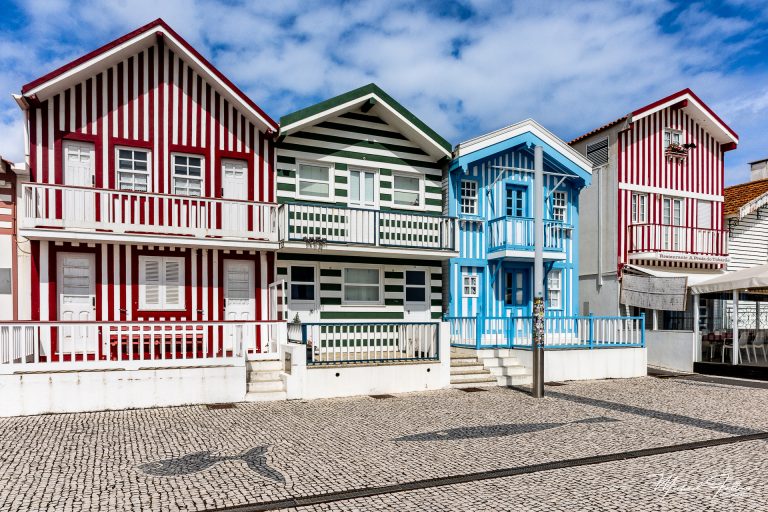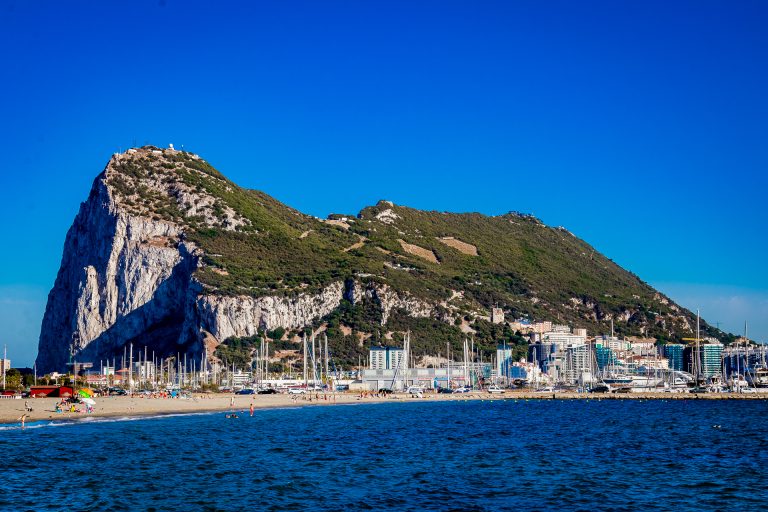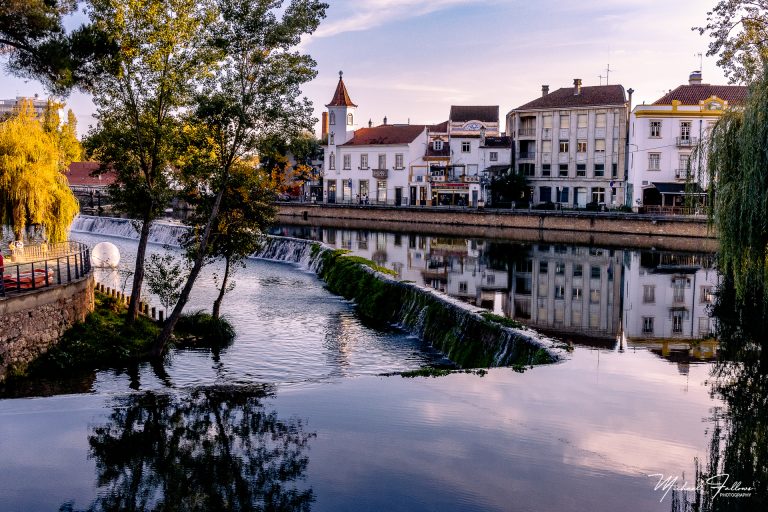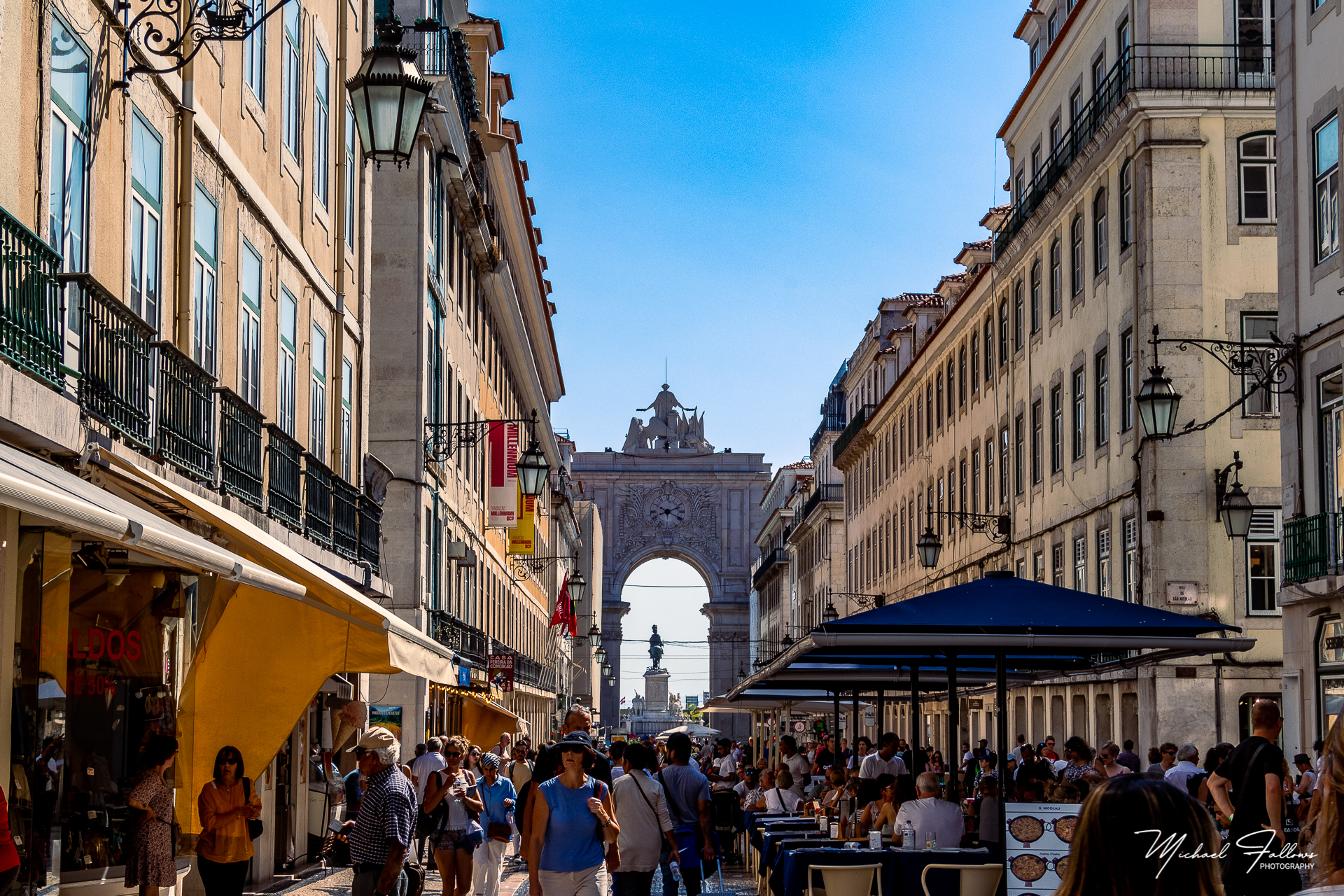
Lisbon: A City of Light, History, and Modern Charm
Lisbon, Portugal’s vibrant capital, is a city that effortlessly combines historical grandeur with a contemporary buzz. Perched on the edge of the Atlantic Ocean, this sun-kissed metropolis offers an enticing blend of culture, cuisine, and captivating sights. From its picturesque old quarters to its innovative modern attractions, Lisbon promises a journey through time and a taste of Portugal’s rich heritage.
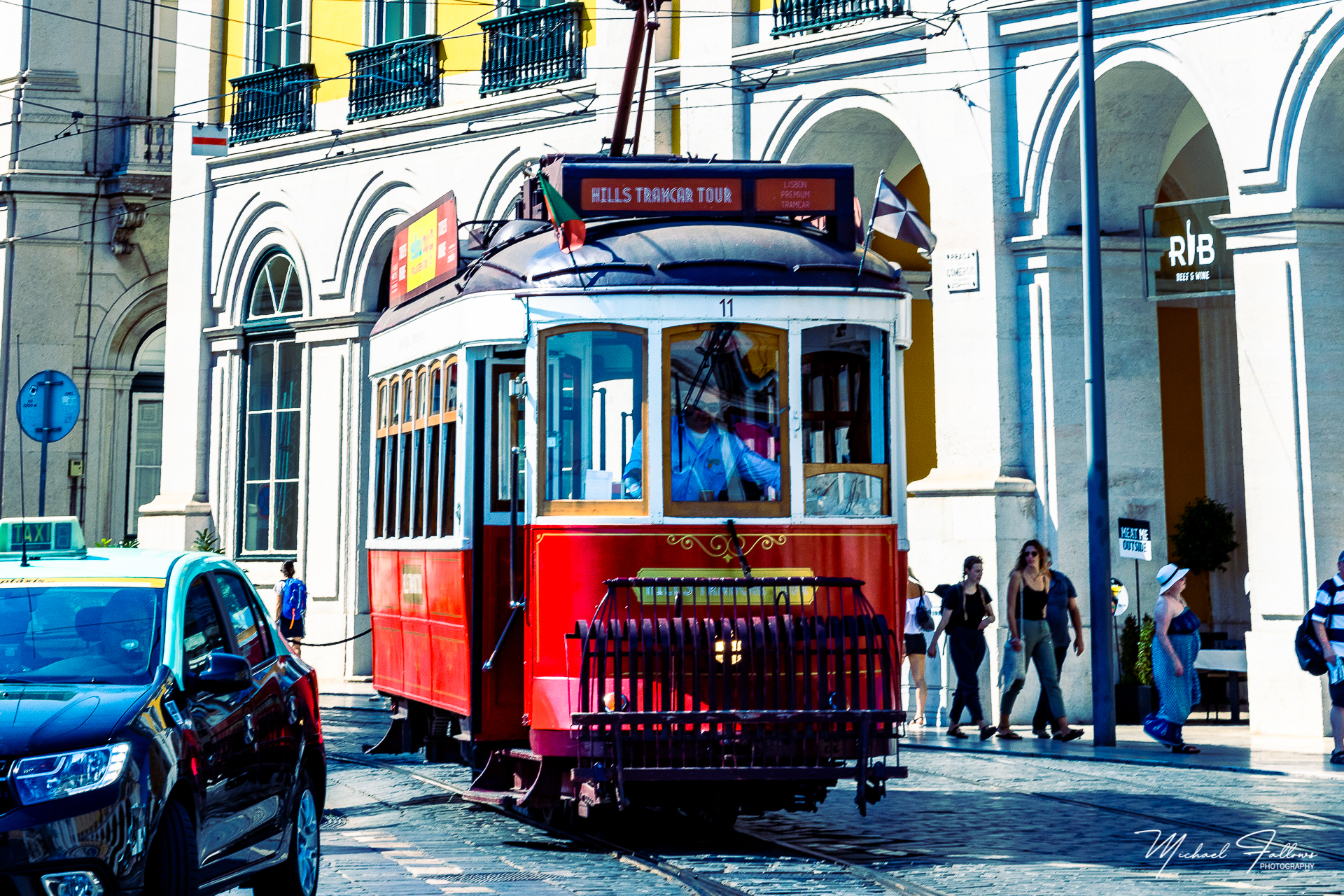
A Historical Tapestry
Lisbon’s history is as layered and textured as its iconic tiled facades. The city’s origins date back to the Phoenicians and Celts, but it truly flourished under Roman rule. Later, the Moors left an indelible mark on Lisbon’s architecture and culture, which can still be seen in the Alfama district’s winding streets and intricate azulejos (ceramic tiles). The 12th-century reconquest by the Christians led to Lisbon becoming the kingdom’s capital in 1255.
The Age of Discovery in the 15th and 16th centuries marked Lisbon’s golden era. As the launching point for explorers like Vasco da Gama, the city became a hub of trade and wealth. This period saw the construction of grandiose monuments such as the Jerónimos Monastery and the Belém Tower, both UNESCO World Heritage sites. However, the city’s trajectory was dramatically altered by the devastating earthquake of 1755, which led to a massive rebuilding effort under the Marquis of Pombal, resulting in the elegant Baixa district we see today.
Exploring the Neighborhoods
Each of Lisbon’s neighbourhoods offers a unique slice of the city’s character. Start your exploration in Alfama, the oldest district, where narrow, labyrinthine streets climb up to the majestic São Jorge Castle. From the castle’s battlements, enjoy sweeping views over the city and the Tagus River. The nearby Lisbon Cathedral, with its Romanesque facade, stands as the city’s oldest church.
Descending into the Baixa district, marvel at the grand Praça do Comércio, an expansive square that opens onto the riverfront. The nearby Rossio Square and its wavy-patterned cobblestones invite leisurely strolls, while the Santa Justa Elevator offers a lift to a panoramic viewpoint.
In the trendy Chiado and Bairro Alto neighbourhoods, historic charm meets modern flair. Chiado is known for its elegant cafes, theatres, and shops. Don’t miss the iconic A Brasileira café, once frequented by literary giants like Fernando Pessoa. As night falls, Bairro Alto transforms into a lively hub of bars and restaurants, perfect for experiencing Lisbon’s vibrant nightlife.
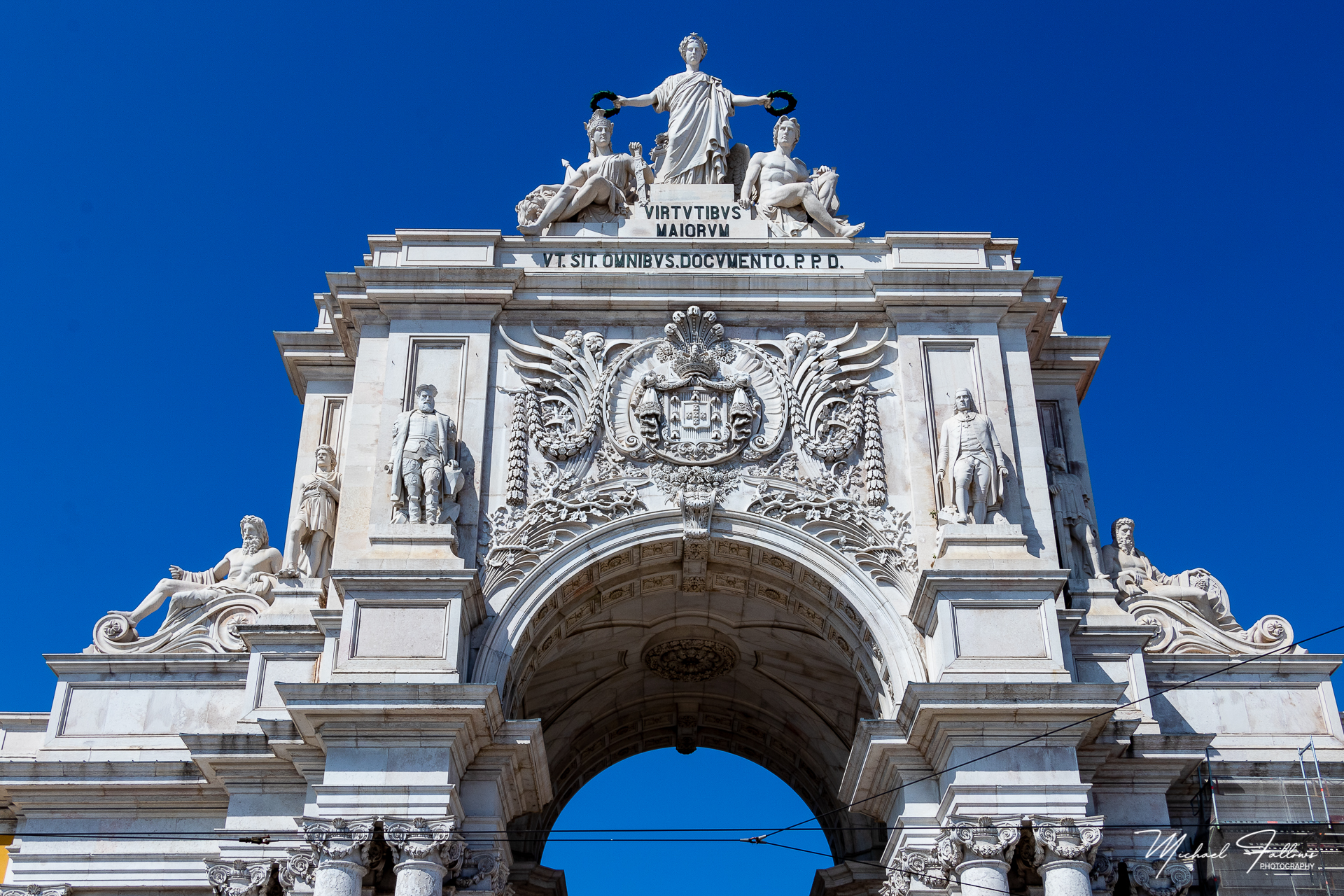
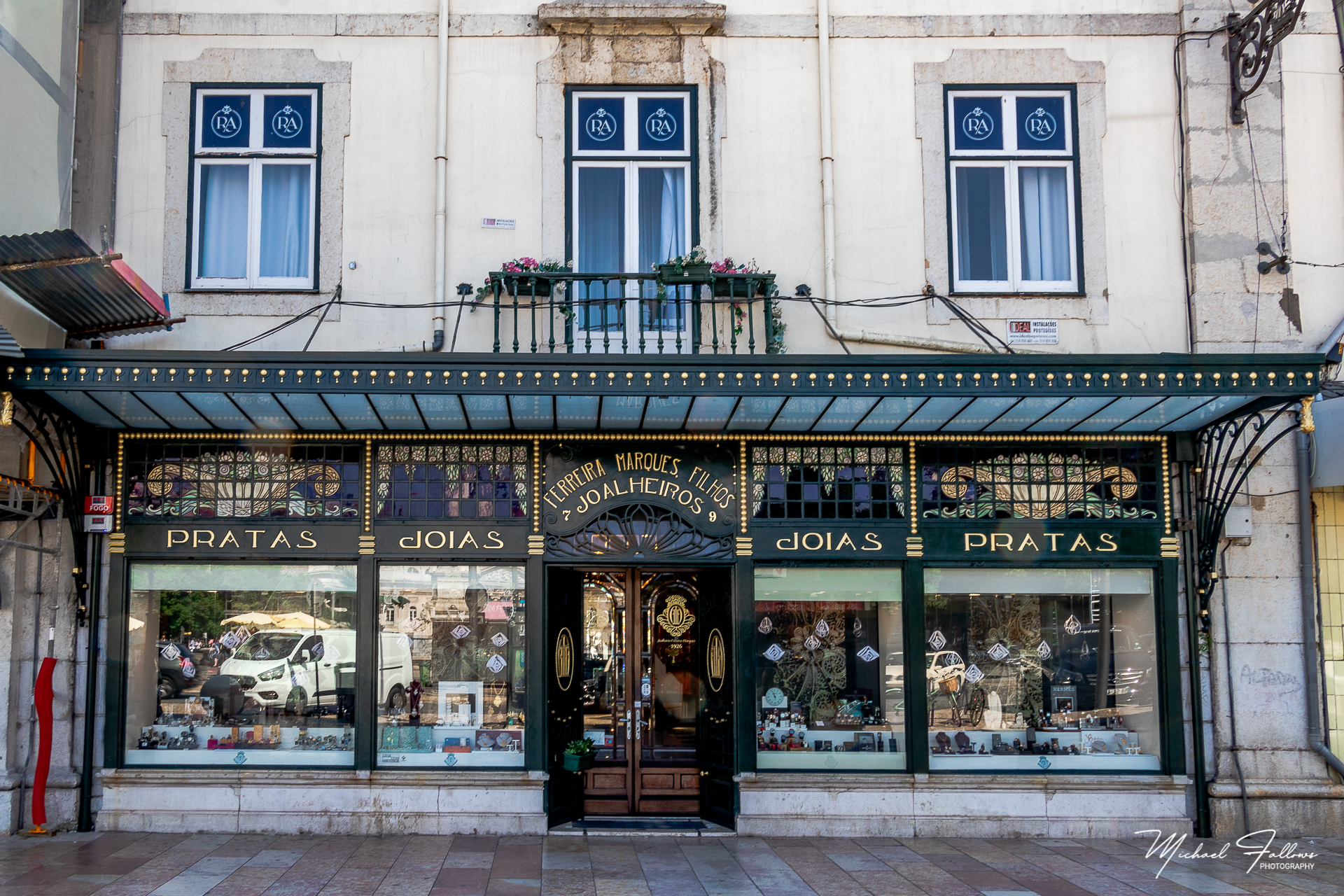
Modern Marvels and Waterfront Wonders
Lisbon’s modern side shines along the Parque das Nações, a redeveloped waterfront area that hosted Expo 98. Here, the Oceanário de Lisboa, one of the world’s largest aquariums, showcases a stunning array of marine life. The futuristic architecture of the Vasco da Gama Bridge, Europe’s longest bridge, spans the Tagus River, linking the city to the south.
For a mix of history and contemporary art, visit the MAAT (Museum of Art, Architecture, and Technology). Its striking, undulating design sits harmoniously on the riverbank, offering exhibitions that explore the intersections of art and technology.
Belém: Echoes of the Age of Discovery
A visit to Lisbon wouldn’t be complete without exploring Belém, a district steeped in maritime history. The Jerónimos Monastery, a masterpiece of Manueline architecture, commemorates Vasco da Gama’s voyage to India. Nearby, the Belém Tower, once a fortress guarding the city’s harbour, stands as a symbol of Portugal’s seafaring prowess.
Belém is also home to the Monument to the Discoveries, an impressive structure celebrating the explorers who set sail from these shores. Climb to the top for panoramic views of the river and the city. And, of course, no trip to Belém would be complete without sampling the famous pastéis de nata at Pastéis de Belém, where these delicious custard tarts have been perfected since 1837.
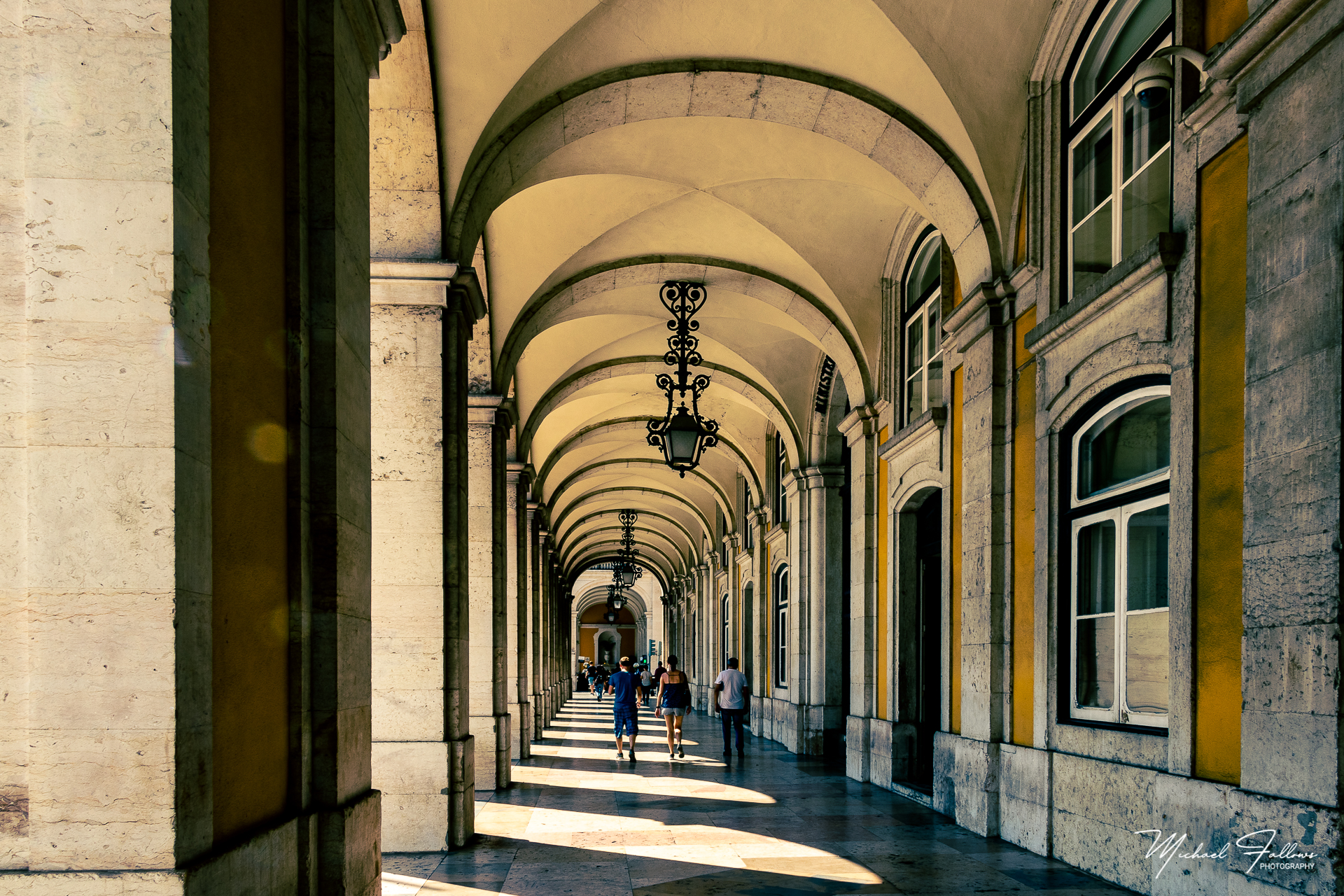
Culinary Delights
Lisbon’s culinary scene is a feast for the senses. Fresh seafood is a highlight, with dishes like bacalhau à brás (shredded cod with eggs and potatoes) and polvo à lagareiro (octopus with olive oil and garlic) showcasing the flavors of the sea. In the historic Mercado da Ribeira, also known as Time Out Market, you can sample a variety of Portuguese dishes from some of the city’s top chefs.
Traditional taverns, or tascas, offer hearty fare in cozy settings. Try a bifana (pork sandwich) or a plate of petiscos, the Portuguese version of tapas, while enjoying the sounds of fado, the melancholic traditional music that echoes through the streets of Alfama and Bairro Alto.
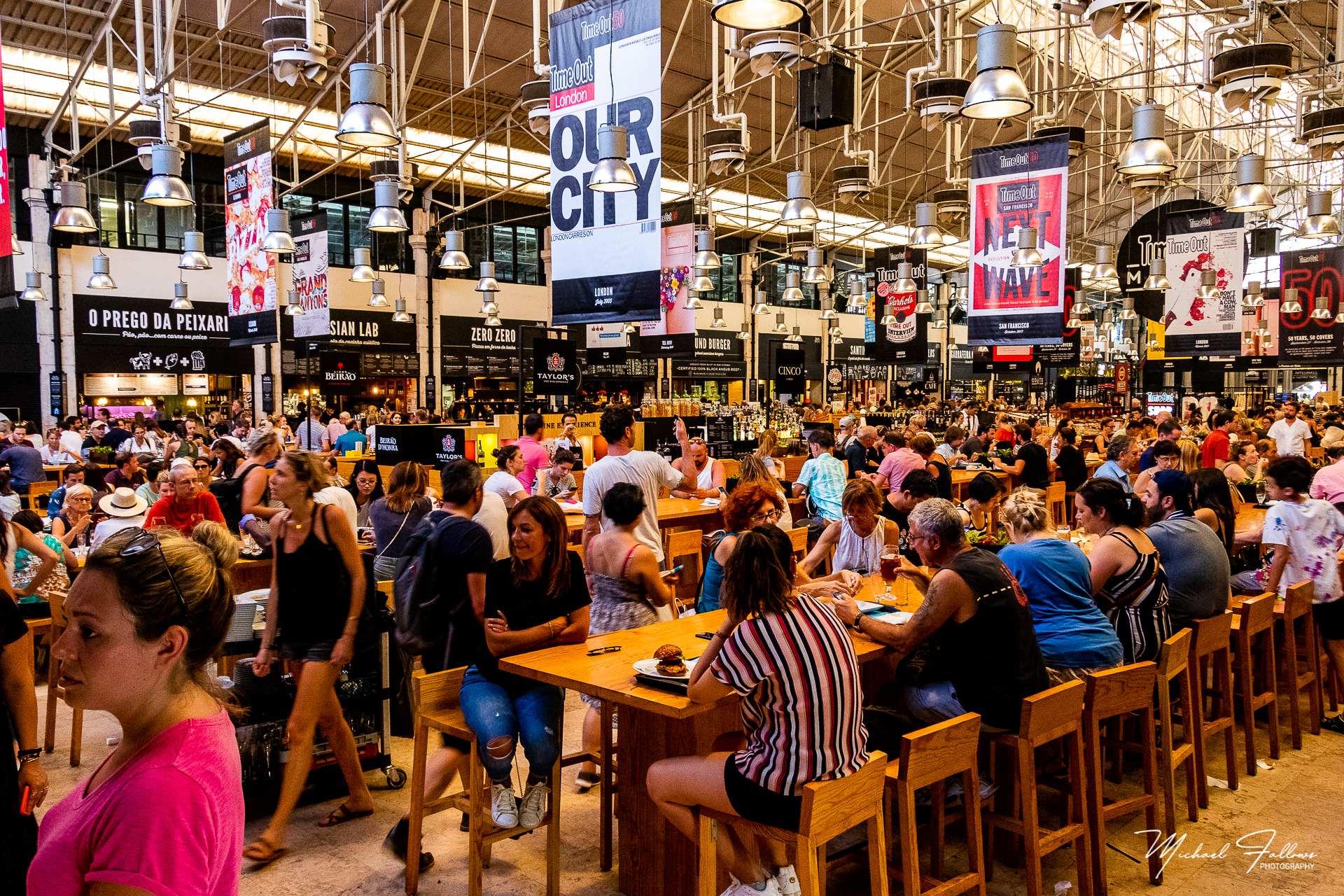
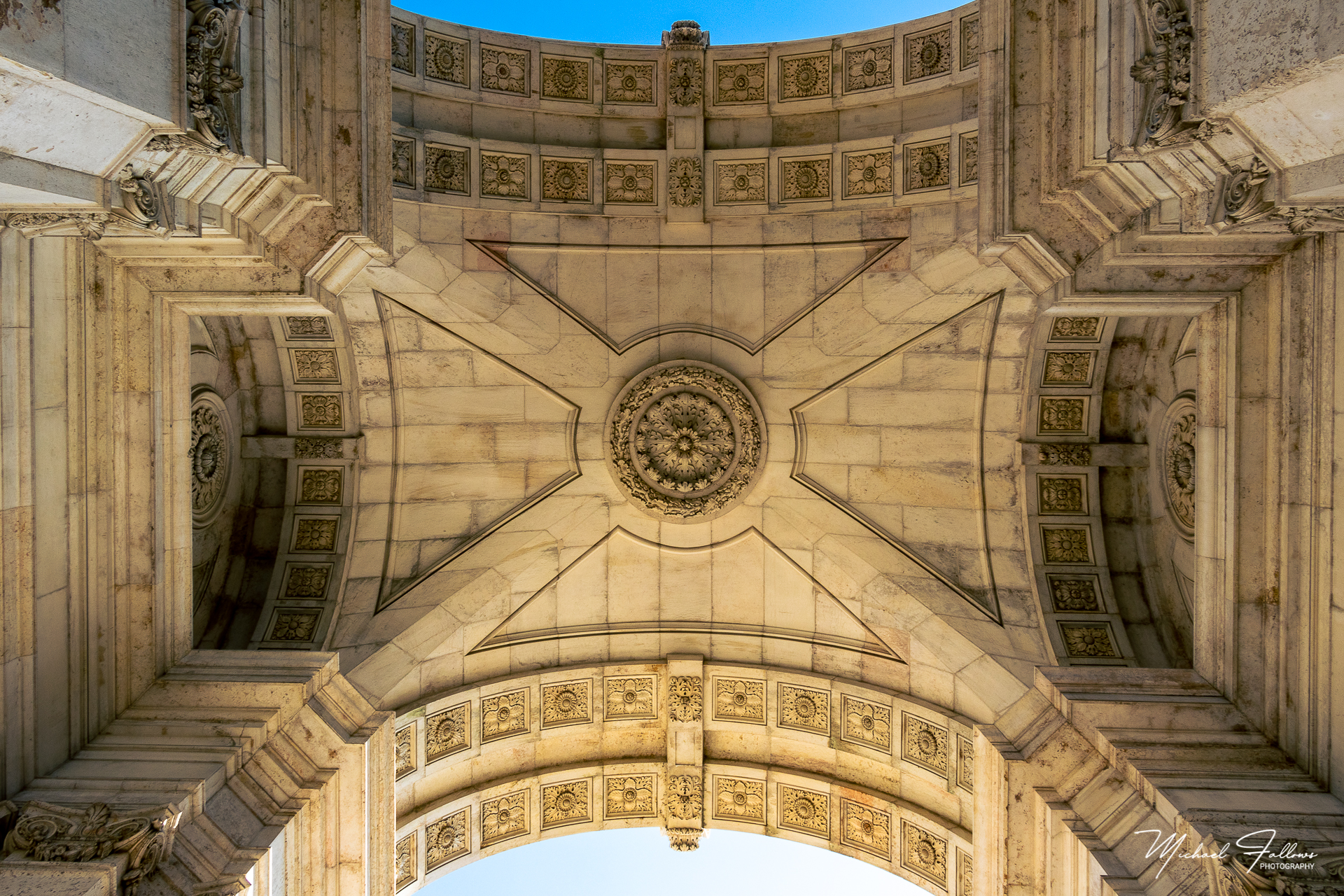
Festivals and Culture
Lisbon’s cultural calendar is filled with festivals celebrating everything from music to food. The Festas de Lisboa in June honour the city’s patron saint, Santo António, with parades, street parties, and sardine grilling in every corner of the city. In August, the annual Jazz em Agosto festival brings international jazz artists to the city’s beautiful outdoor venues.
For art enthusiasts, the Calouste Gulbenkian Museum offers a world-class collection of European and Oriental art. Meanwhile, the National Tile Museum (Museu Nacional do Azulejo) celebrates the art of the azulejo, a quintessential element of Portuguese design.
Conclusion
Lisbon is a city that dances between the past and the present, offering a rich historical tapestry alongside a vibrant, modern lifestyle. From its sunlit hillsides and panoramic viewpoints to its bustling markets and serene riverbanks, Lisbon is a city that invites exploration and rewards with every turn. Whether you’re wandering through its ancient neighbourhoods, savouring its culinary delights, or simply soaking up its unique atmosphere, Lisbon promises an unforgettable experience that captures the heart and imagination.

